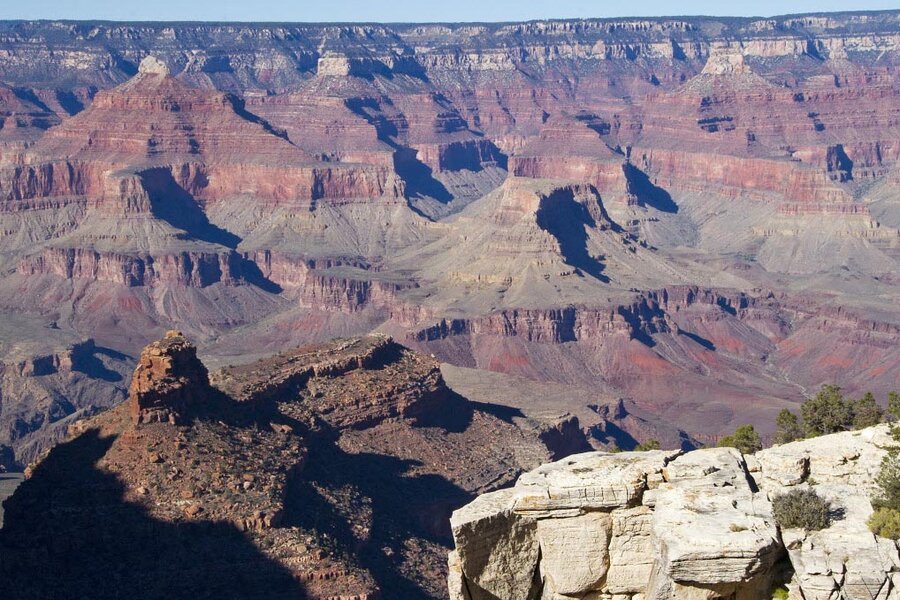Mercury in Grand Canyon's Colorado River: How did the toxin get there?
Loading...
A national treasure is being measurably affected by pollution. That is what the US Geological Survey found when it tested fish and wildlife in the segment of the Colorado River that snakes through the Grand Canyon, confirming that not even one of the most remote ecosystems in the US can avoid toxic chemicals.
The study, published last week in Environmental Toxicology and Chemistry, found that concentrations of mercury and selenium in Colorado River food webs (that is, connected chains) of the Grand Canyon National Park regularly exceeded risk thresholds for fish and wildlife, such that the toxins in food could pose a threat if eaten by fish, wildlife and humans. These findings add to a growing body of research demonstrating that remote ecosystems are vulnerable to the long-range transport and buildup of contaminants within organisms, according to the USGS.
“Managing exposure risks in the Grand Canyon will be a challenge, because sources and transport mechanisms of mercury and selenium extend far beyond Grand Canyon boundaries,” said Dr. David Walters, USGS research ecologist and lead author of the study in a statement.
The main offender, as a “transport mechanism,” is algae. Scientists believe that much of the mercury is being transported downstream by algae coming from Lake Powell, which make their way into the canyon, the Arizona Daily Sun reported, and end up in bugs and fish.
The study examined food webs at six sites along nearly 250 miles of the Colorado River downstream from Glen Canyon Dam within Glen Canyon National Recreation Area and Grand Canyon National Park in the summer of 2008.
Mercury is a heavy metal element naturally derived from the erosion of rocks and decomposing soil. The primary cause of mercury pollution, especially in marine wildlife, comes from mercury that is put into the air by manmade power plants that burn fossil fuels, primarily coal.
Epidemiologists have linked exposure to high levels of selenium and mercury to lower reproductive success, growth, and survival of fish and wildlife. The Environmental Protection Agency has issued no human consumption advisories for fish harvested from the study area, but the research team stated plans for continued studies of the Grand Canyon and Glen Canyon National Recreation Area.








